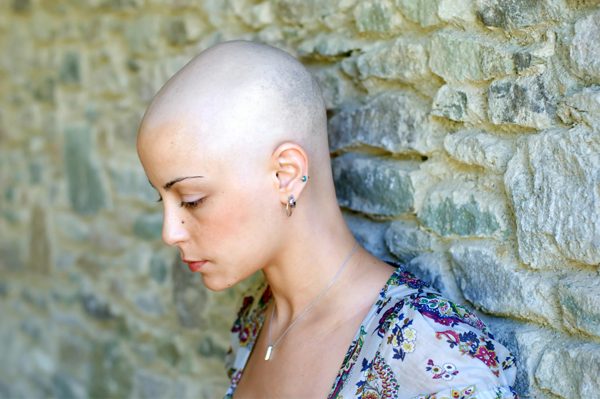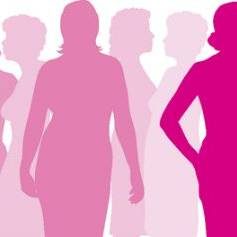 It is believed that LGBTI people may form a higher risk group for cancers linked or connected to high levels of alcohol consumption and cigarette smoking.
It is believed that LGBTI people may form a higher risk group for cancers linked or connected to high levels of alcohol consumption and cigarette smoking.
Experiences of discrimination, stigma, and violence increase the risk of using alcohol, tobacco, and other drugs. Data from the Australian Institute of Health and Welfare (AIHW) attributes a significant incidence of cancers to smoking and alcohol. Other evidence suggests that alcohol and tobacco use may be a strong risk factor, or can act with HPV to cause oral, head and neck cancers.
Human Papillomavirus (HPV) is linked to cancer in the cervix, vagina, vulva, penis and throat. There are higher rates of anal cancer in gay and bisexual men and trans women than in heterosexual men due to HPV. (Australian health authorities have decided to make the HPV vaccine available to all genders.) A recent study of same-gender couples (men) in Brisbane found that there is a 28% likelihood that at least one of the men would develop prostate illness in their lifetime.
The lack of trans-inclusive information and culturally sensitive medical care means many trans people are not accessing cancer prevention services. This remains a problem for members of the wider LGBTI community. As in other service areas, many LGBTI people are still not always fully comfortable discussing sexual and health issues in mainstream support groups despite requiring assistance.
Papers presented at the Health in Difference 2013 conference highlighted the importance of regular testing for cervical and ovarian cancer among bisexual, lesbian and same-sex attracted women, as well as the need for public health programs to deal with the high rates of tobacco use within sections of the LGBTI community with research showing LGBTI people experiencing higher chances of lung cancer and other related adverse effects from smoking.
What more can be done?
- All Government funded research into cancer to include an LGBTI question in the demographics and consider a specific research program targeting minorities such as LGBTI people to ascertain the extent to which they constitute a higher risk group for contracting cancer
- Ensure systems and training allow transgender, intersex and gender diverse people to fully receive subsidized health services that are not dependent on the idea that there are only two genders (i.e. pap smears and cervical cancer testing for men of trans experience and prostate examinations for women of trans experience)
- Improve follow up data on intersex people, as required by specialist hospitals and clinicians
- Establish LGBTI cancer support groups or agencies in all capital cities and other areas around Australia where there may be a higher concentration of LGBTI people
- Encourage Cancer Councils to develop LGBTI specific programs


